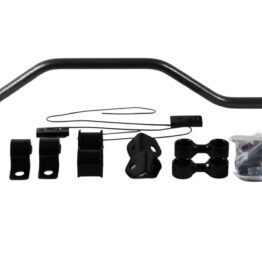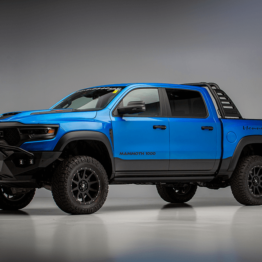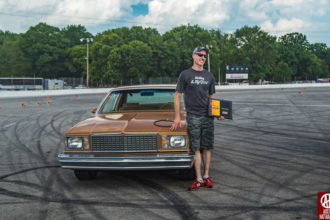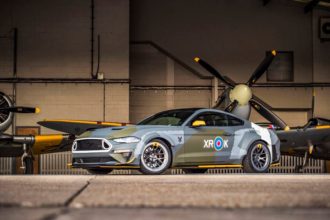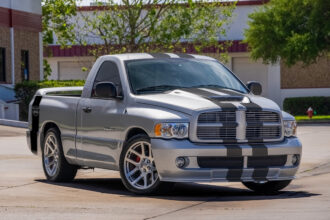Since the late-1990s, enthusiasts, racers, car builders and engine builders alike, have all gravitated towards the LS-series V8s from GM. With a compact design, a light weight construction and seemingly endless potential, it was a no-brainer that their popularity had soared, and can now be found under the hood of just about everything.
As time wore on, new technology brought with it additional power and increased efficiency. By the mid-2000s, General Motors had stepped up with more cubes and more power, but also implemented ways to have the engines produce lower CO2s and increased MPGs.
When the Federally-Mandated MPG requirements started shooting up in tandem with the higher fuel costs at the time, Displacement On Demand (DOD), or as it was later known, Active Fuel Management (AFM), became available in vehicles like the full-sized trucks, the G8 GT, Camaro SS, as well as the LS4-propelled front-drive performers.
So it should come to no surprise that some enthusiasts would want to remove this feature for even better reliability, as well as increased performance. As it would later become known, the unique valvetrains in these engines would fail under extreme abuse and prolonged high-RPM, well, use.
Engine and tuning shops worldwide make it a point to remove this feature for such reasons, whenever they’re building an engine for high performance applications. However, the LS world has also reached those who like to roll on a shoestring budget, so they’re left to do it for themselves.
Brandon Furches, the owner of Furches Performance — now the newly-rebranded LS4 King — put together a quick video showcasing the how’s and why’s this is done, for the end user. He explains which parts fail, and the parts you’ll need to make an engine originally-equipped with DOD/AFM work for a racing application. Be sure to check out the above video to learn more.
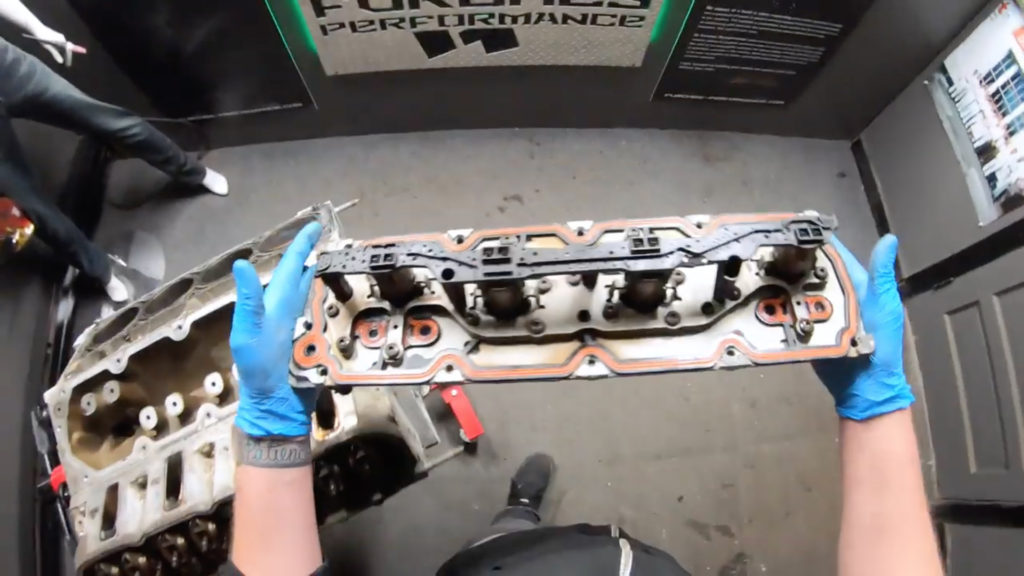

Rick Seitz is the owner and founder of AutoCentric Media, and has a true love and passion for all vehicles; GM, Ford, Dodge, imports, trucks — you name it! When he isn’t clacking away on his keyboard, he’s building, tuning, driving or testing his current crop of personal projects!




